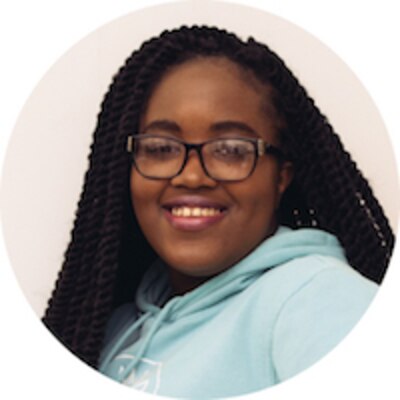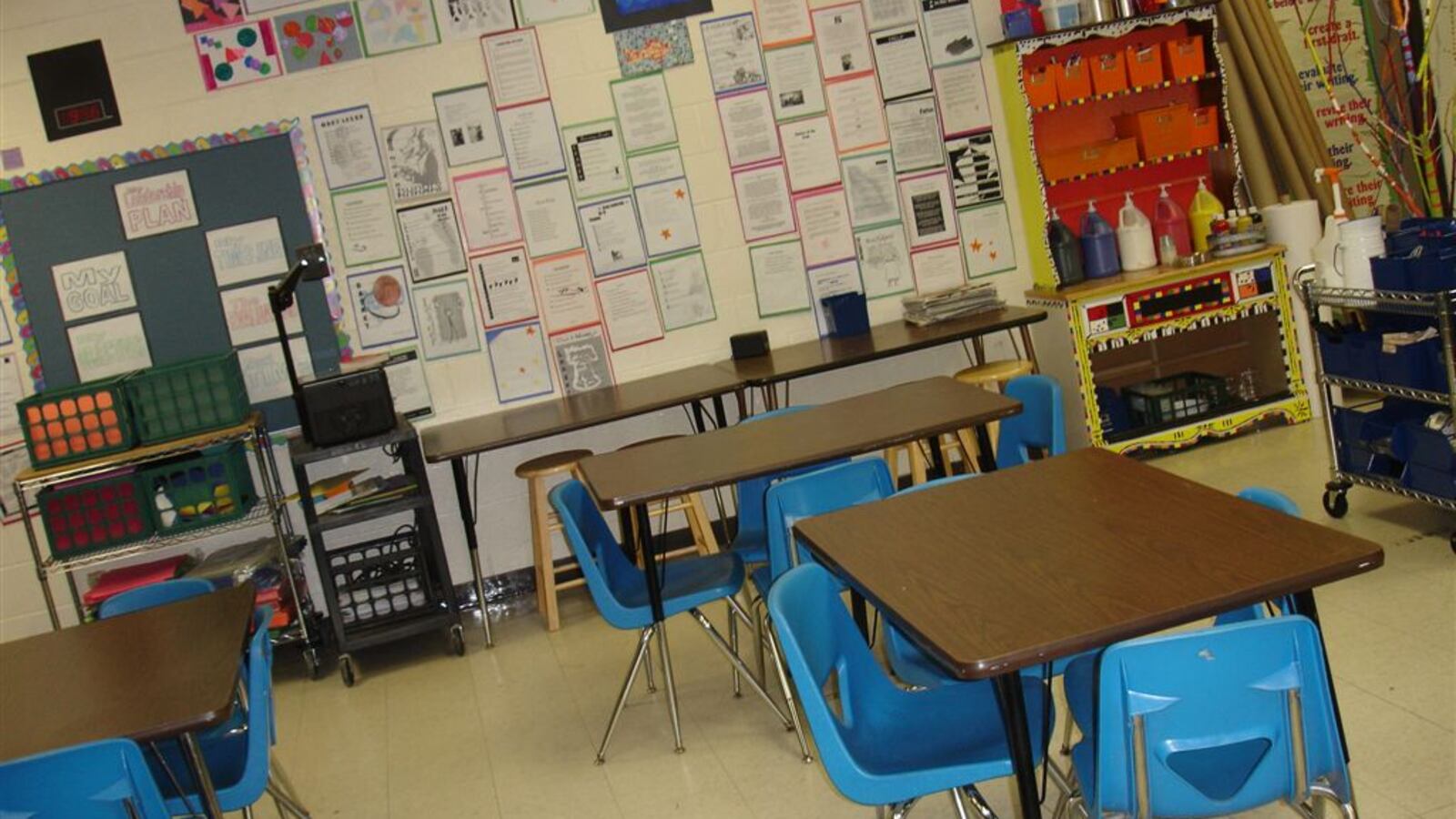
My first anxiety attack was in a school hallway. Nestled between a doorway and a red bulletin board of exemplary student work, I collapsed. My sight became hazy. My breath became nonexistent. My limbs became numb. Tears stained my cheeks. My heart beat like a broken machine.
I raised my head up to see a teacher closing the door and pulling the blinds, isolating me from the eyes of curious students. I felt like I was merely a nuisance interrupting her lesson.
“Zubaida! Zubaida!” I turned my head to see the school social worker, Ms. McNeil, running down the hall. She sat next to me, held my hand, and slowed my breathing down. I had never talked to the social worker before. However, after my first anxiety attack, she became an important part of my life.
Sadly, I am not the only student of color who suffers from anxiety or other related mental issues. According to the Anxiety and Depression Association of America, around 41 percent of college students struggle with anxiety. Furthermore, 25 percent of adolescents will struggle with some form of anxiety and 12.5 percent struggle with depression, according to the National Institute of Mental Health.
We also know that not everyone has the courage to reveal their mental issues. Who knows how many students struggle with mental issues and aren’t able to seek help?
The most distressing part is the response to students of color with emotional issues. It is no secret that communities of color can have a certain stigma towards mental illnesses. Sometimes, parents actively refuse to seek help or ignore the signs of mental illness.
A national survey in 2015 revealed that Hispanic and black students who have felt overwhelmed are more likely than white students to keep their concerns to themselves. White students were more likely to feel academically and emotionally prepared for college. White students were also twice as likely to get treated for emotional distress. Why?
Meanwhile, many New York City students don’t have access to a social worker or counselor. In fact, there were only 2,902 guidance counselors and 1,275 social workers in New York City this school year. That’s a ratio of one counselor or social worker for every 241 students.
Without professional help, many students turn to substance abuse to cope with their mental illness. Other students continue to accumulate stress from academics and family issues. If parents and teachers want to help their minority students to succeed, they need to invest in mental support.
This isn’t to say we’ve been neglected completely. Counselors in the Bronx have worked on initiatives this past year to help students reach their potential, prepping them for life after high school, and school-based health centers have opened to provide mental health support. Like all things, however, there is always more work to be done.
The stigma surrounding mental illness and mental illness patients in communities of color is certainly unfair and detrimental to our health. However, the fact that this stigma is affecting the success of students of color is even more enraging. We deserve better. Administrators, politicians, and educators must realize the importance of having even more social workers and guidance counselors.
Right now, somewhere in the Bronx, there is a young girl like me, having her first anxiety attack. Her fingers are numb. Her sight is hazy. Her heart is beating like a drum as she watches somebody close the door in her face. She can’t move, a mere witness to her breakdown. But there is no Ms. McNeil who can save her.
Zubaida Bello is a junior at Uncommon Preparatory Charter High School in Brooklyn. She has performed original poetry at the Apollo and New York Live Arts and has been honored by the Black Lives Matter club at her school. In her free time, she enjoys reading and skateboarding.
About our First Person series:
First Person is where Chalkbeat features personal essays by educators, students, parents, and others trying to improve public education. Read our submission guidelines here.

